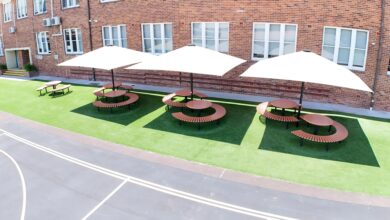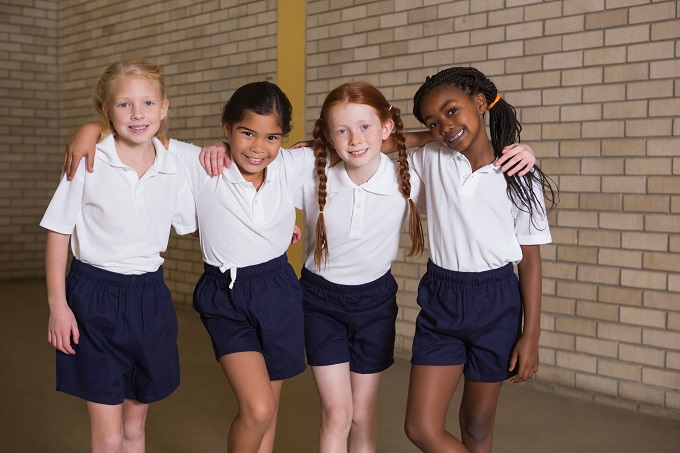Adam Voigt: R-E-S-P-E-C-T….find out what it means to me!

I don’t mind this classic from Aretha Franklin being belted out. It’s a fair question to ask and probably leads to a heap of other good questions. What is respect? What does it mean to me? How can I show it and just as important, how do I earn it?
Nearly every school I visit, the word Respect is plastered in classrooms, in newsletters, on banners or on flashy signs around the school. Let’s face it, it’s the most widely used value in Australian schools.
So how are we going with respect in Australian Schools? Most teachers would tell me that we’ve got a bit of an issue, that kids aren’t as respectful as they once were.
My wife and kids were at the swimming pool the other week and there were a few boys behaving inconsiderately of the other people who were trying to enjoy a swim on a hot day. First, the behaviour was ignored and then a few people politely asked for the boys to show a bit more consideration for the younger kids swimming.
Initially the boys ignored the requests and then they started mimicking the adults before opening a tirade of verbal abuse. Not too different to some of the stories I hear from classrooms.
When my wife was telling me about what happened, she explained that there was a man who appeared to be getting quite frustrated and in the best interest of other patrons, raised his voice throwing the word ‘disrespect’ into his comments before confiscating their ball. When they requested the ball be returned, his response went along the lines of ‘go and get your dad to see me about getting it back’.
I don’t think this comment was a threat, it was just his belief is that respect starts in the family home and is modelled by the significant adults in a young person’s life.
And I think he’s right. As teachers, we contribute to this modelling. The problem is that unfortunately on some occasions, we are working in opposition to the message coming from parents. I’m not going to give you the right or wrong way to deal with this situation because it’s always hard to deal with any behaviour when there is no prior opportunity for a relationship to be built. Relationships build trust, and trust builds respect. It’s also hard because I wasn’t there are the time.
Respect can often mean different things to different people. There are several aspects that many people can agree on though. For example, at its most basic level, respect means being kind and considerate to others. I would argue that respect contributes to safety. In a classroom where there is respect between the teacher and the students, everyone feels safe to take risks, to challenge behaviour and to show their vulnerability. Feeling safe and therefore respected, allows us to improve on our relationships and improve on the learning environment.
At this point, it’s important that I acknowledge there are thousands of extremely respectful young people who fill our schools. It’s not all doom and gloom. My opinion is that the percentages haven’t changed over the years, the problem is that the gap has just widened.
In any school, a culture of respect starts with the leaders of the school and their professional interactions and the relationships they build with all of their staff. As adults, we can model and influence the behaviour of our kids.
When we are burned out, unhappy, stressed and resentful, it often leads to being impatient of others, and disrespectful to our colleagues and our students. Our kids see this and they feel the animosity. In some ways, it gives them permission to behave in a certain way.
To increase the respect levels amongst the young people we work with, the easiest starting point is to lead by example with the interactions we have with other adults. Basically, the best way to teach respect it by modelling the behaviours and interactions that we want to have with our young people.
The likelihood of the brain responding with positive affect to respectful interactions is extremely high and can be very rewarding for everyone.
Building a culture of respect doesn’t happen overnight and there is no quick fix. It takes lots of little positive interactions, everyday.
THE CHEAT SHEET
1) Relationships build trust and trust builds respect
2) Respect means being kind and considerate to others.
3) A culture of respect starts with the leaders of the school and the relationships they build with staff.
4) The best way to teach respect is to model it.
5) Building a culture of respect doesn’t happen overnight
The Big One: Leadership Requirement
3 – Personal qualities, social and interpersonal skills.
PP2 – Developing self and others
LR1 – Vision and Values







